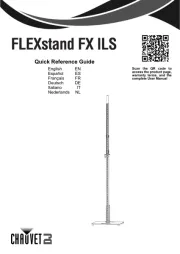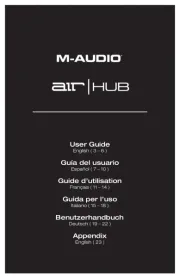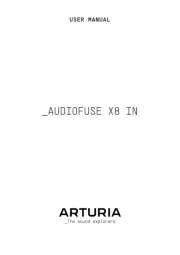Roland Rubix 44 Bruksanvisning
Roland
DJ-utrustning
Rubix 44
Läs gratis den bruksanvisning för Roland Rubix 44 (31 sidor) i kategorin DJ-utrustning. Guiden har ansetts hjälpsam av 33 personer och har ett genomsnittsbetyg på 4.3 stjärnor baserat på 17 recensioner. Har du en fråga om Roland Rubix 44 eller vill du ställa frågor till andra användare av produkten? Ställ en fråga
Sida 1/31

Reference Manual
© 2017 Roland Corporation 01
Produktspecifikationer
| Varumärke: | Roland |
| Kategori: | DJ-utrustning |
| Modell: | Rubix 44 |
Behöver du hjälp?
Om du behöver hjälp med Roland Rubix 44 ställ en fråga nedan och andra användare kommer att svara dig
DJ-utrustning Roland Manualer

26 Augusti 2024

22 Augusti 2024

18 Augusti 2024

16 Augusti 2024

9 Augusti 2024

9 Augusti 2024

6 Augusti 2024

31 Juli 2024

30 Juli 2024

25 Juli 2024
DJ-utrustning Manualer
- DB Technologies
- ESI
- IK Multimedia
- Cambridge
- Eurolite
- Roadstar
- Behringer
- Arturia
- The T.mix
- MWM
- Allen & Heath
- PLAYdifferently
- Beyerdynamic
- Icon
- Reloop
Nyaste DJ-utrustning Manualer

18 Oktober 2025

7 Oktober 2025

7 Oktober 2025

6 Oktober 2025

6 Oktober 2025

5 Oktober 2025

4 Oktober 2025

4 Oktober 2025

3 Oktober 2025

2 Oktober 2025